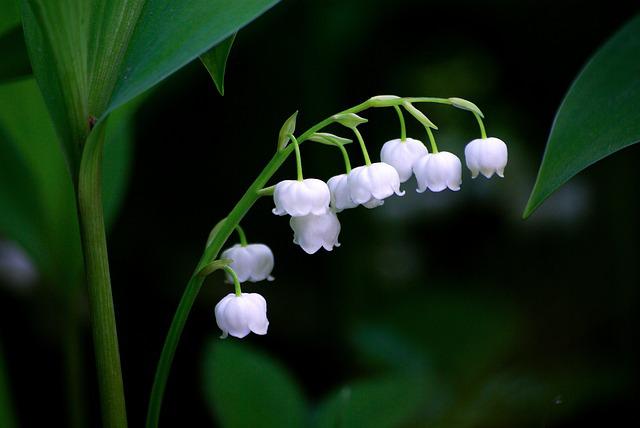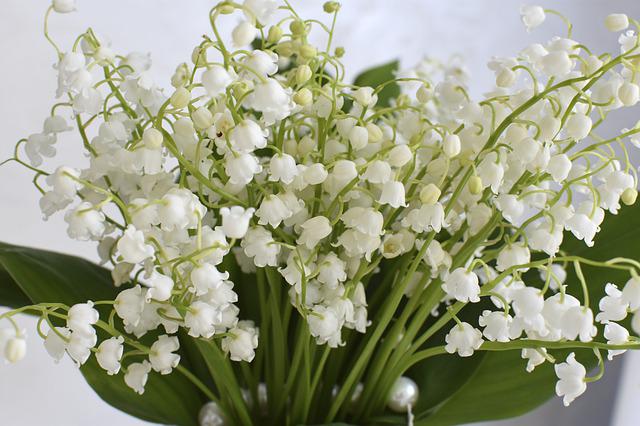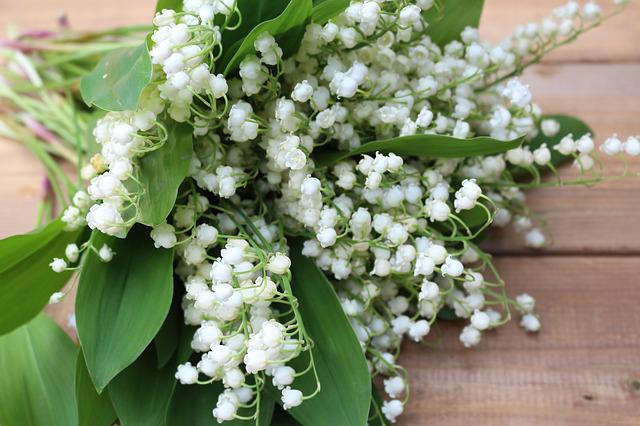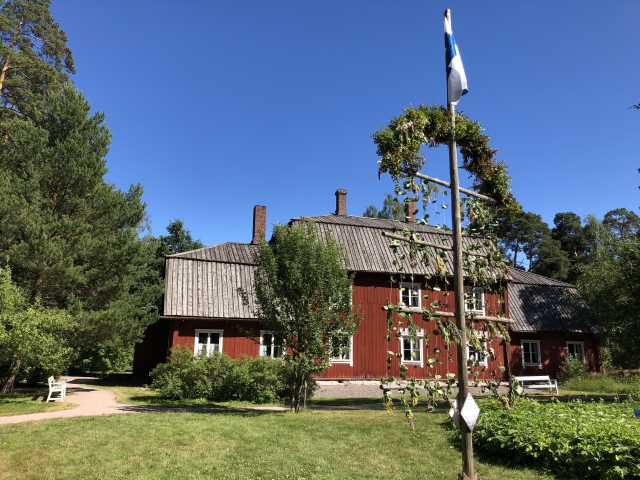Lily of the valley: a lovely flower recognized as the national flower

The lily of the valley, round and lovely like a bell, is a popular ornamental plant in Japan. In Nordic countries, the lily of the valley is also loved as a summer tradition. In Finland and Sweden, the lily of the valley is even designated as the national flower.
In this article, I would like to explain in detail the lily of the valley, which has become the national flower of the two Nordic countries.
National flower of Finland and Sweden

The lily of the valley is a pretty, cool-looking flower with round, swollen white flowers that bloom downward like bells. The lily of the valley grows wild in Nordic countries. It blooms everywhere, from forests and woodlands to home gardens. In the summer, the lily of the valley becomes available in Nordic country’s markets. Their relaxed, refreshing appearance makes them a summer favorite.
The lily of the valley, which has been a part of people’s lives in Nordic countries since ancient times, is now recognized as the national flower in Sweden and Finland.
As background to its selection as the national flower, in the latter half of the 20th century, Finland held a contest for a national flower, national bird, and other symbols to represent the country. As a result of a mail-in ballot, the lily of the valley was chosen as the symbol of Finland because of its familiarity with the people.
Features of lily of the valley
The lily of the valley is a perennial plant in the family Cassidaceae, with its main habitats in Europe and Asia. In Japan, it is distributed in the Tohoku region and the highlands of Hokkaido. Its Japanese name is “Suzuran” (meaning “bell orchid”), which is derived from the fact that its flowers resemble bells.
In English, it is called “Lily of the valley. This name is derived from the fact that this flower blooms mainly in valleys. The Swedish word for lily of the valley is “Liljekonvalj,” and the Finnish word is “Kielo.” The Finnish word “Kielo” seems to have become famous for female names.
While the lily of the valley has a positive image of daintiness and elegance, there is one caveat. Lily of the valley is classified as a toxic plant. Toxic substances are found in the whole plant, especially in the flowers and roots. It is so poisonous that, in the worst-case scenario, it can cause death. The lily of the valley should be viewed only as an ornamental plant and never be eaten.
Differences between Japanese and Scandinavian lily of the valley
The lily of the valley is native to both Japan and northern Europe, but the varieties are different. The Japanese native lily of the valley (Convallaria keiskei) blooms north of central Honshu, while the German lily of the valley (Convallaria majalis) is more common in Europe.
The German lily is mainly sold for ornamental purposes and is characterized by its larger size than the native Japanese lily. In addition, the German lily has a strong fragrance used in perfumes.
Lily of the valley in Europe

Here is an introduction to the lily situation in Europe outside of Nordic countries. In Europe, the lily of the valley is also known as the “tears of the Virgin Mary.” This is derived from the legend that the lily was born from the tears shed by the Virgin Mary following Christ’s execution.
The lily is also a flower that is closely associated with weddings. The language of flowers of the lily of the valley is auspicious, with the words “pure love” and “confession of love,” making it ideal for happy weddings.
Furthermore, the lily resembles the bride’s wedding dress, making it a popular bouquet flower. Especially in France, the lily is a flower that brings happiness. On “Muguet Day (Muguet = French for lily),” which falls on May 1 every year, there is a custom of giving lily of the valley to each other’s loved ones.
Conclusion
The lily of the valley, with its pretty bell-like shape and cool colors, is beloved in Nordic countries, Europe, and Japan.
The lily of the valley is the national flower of Finland and Sweden and is so familiar to Finns that it even appears on postage stamps.




